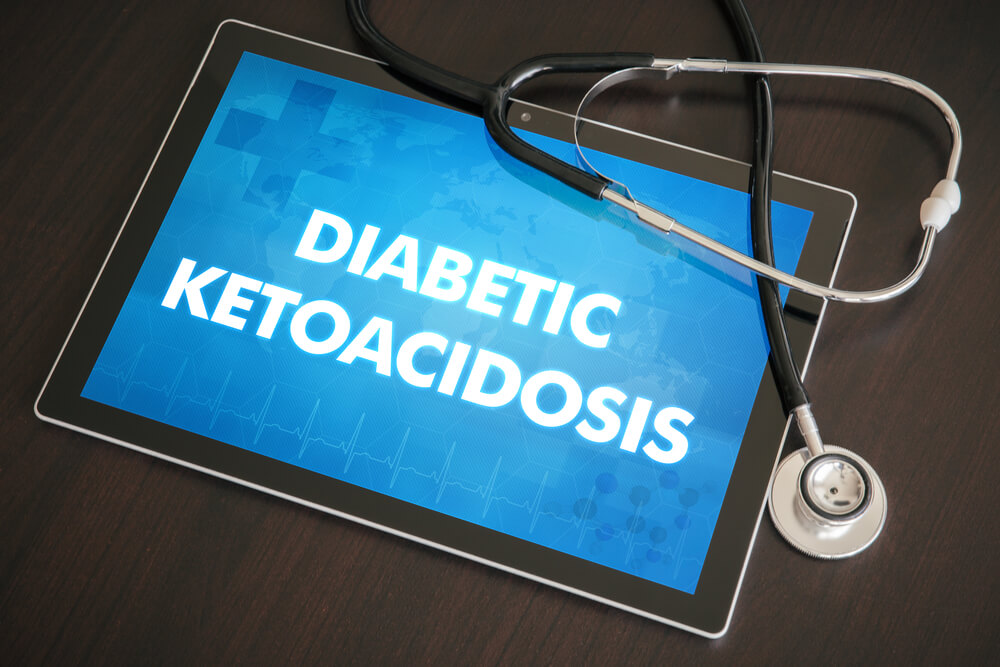Curious to know what is the cause of Diabetic Ketoacidosis? Learn about the condition today.
How can you prevent diabetic Ketoacidosis from occurring? Diabetic Ketoacidosis is a condition where the patient has high blood sugar and a build-up of acid in the system. It is more common among people with Type 1 diabetes, but can occur with Type 2 diabetes and pregnancy diabetes. This condition is dangerous and can prove to be fatal if not treated properly. If you already have this condition there are ways that you can manage diabetic Ketoacidosis.
Not Enough Insulin
What is the cause of diabetic Ketoacidosis? The condition of diabetic Ketoacidosis usually occurs when a person does not have enough insulin in their body. Insufficient insulin levels raise blood glucose levels and prevent glucose from being used for energy. Instead of glucose the body will begin to burn fat as a source of calories for energy, causing a build-up of acid in the body. When blood glucose levels are high, urination becomes more prevalent and can cause the body to become dehydrated. Illnesses, infections, and not taking insulin supplementation are common reasons why diabetes Ketoacidosis is triggered.
Have a Plan
To prevent diabetic Ketoacidosis from occurring, your doctor should devise a plan of action for when your blood glucose levels are elevated. You should remember that careful monitoring of your blood glucose is a necessary part of prevention, especially when you are sick. Check your levels every three to four hours when you are ill, and every two hours if your levels are at a critical stage. If your levels are above 250 mg per dL, you should perform tests every 3-4 hours, even during the night.
Short Term Prevention
For short term prevention of Ketoacidosis you should continue taking your insulin whether you are eating or not. If your blood glucose level is high you should be taking extra insulin to keep it under control. Call your doctor or get emergency medical assistance if your extra insulin dose is not working or you have run out of insulin. If you become nauseous try sipping caffeine and sugar free liquids in small amounts every few minutes. Avoid any foods that are high in carbohydrates if your blood glucose level is above 250 mg per dL.
Dangerous Symptoms
You should seek medical help if you have any of the following symptoms:
- Stomach pain, vomiting more than once, constant diarrhea within a 6 hour timeframe, increased urination
- Your blood glucose level is above 300 mg per dL, or you have more than one occurrence of your blood glucose being lower than 70 mg per dL
- Urine test strips show moderate to large ketones
- You are having trouble breathing
- You have high beta-hydroxybutyrate levels
To prevent diabetic Ketoacidosis from occurring you should be well-hydrated, eat a nutritiously balanced healthy diet and get enough exercise. Prepare meals that are low in carbohydrates and be sure to take your medications regularly. Elevated blood glucose levels will begin the process of converting fat into ketone bodies.
When you accumulate too many ketone bodies in your blood you can become dangerously dehydrated and this can lead to life-threatening health complications. You can prevent diabetic Ketoacidosis by monitoring your blood glucose level on a regular basis and never skip an insulin dose, especially if you are ill. Be especially vigilant during times of high stress, trauma, infections, fever, and other symptoms of illness, because Ketoacidosis can develop quickly under these circumstances. Contact your doctor and do not exercise if your blood glucose and ketone levels are high. Drinking plenty of water will help you stay hydrated and keep your blood pH level out of the acid zone. Follow these few simple rules and you should be able to prevent diabetic Ketoacidosis.
Sources:
https://search.nih.gov/search?utf8=%E2%9C%93&affiliate=nih&query=diabetic+ketoacidosis&commit=Search
